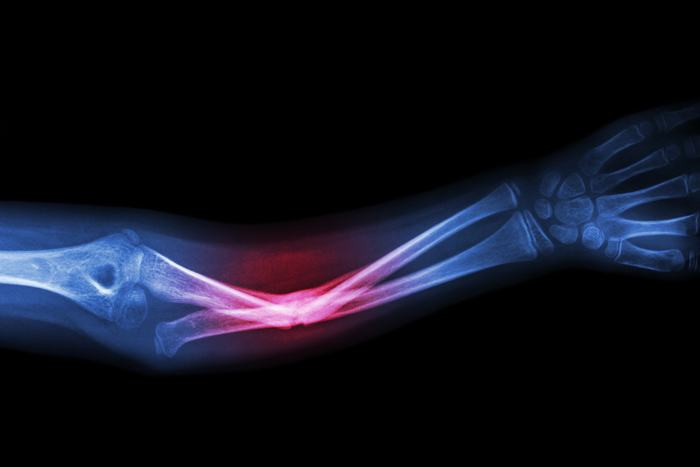Open Fractures Treatment & Diagnostics in Sadashiv Peth, Pune
Open Fractures
Also known as a compound fracture, an open fracture is one in which the skin has an open incision or is ruptured, near the broken bone. It usually occurs when a piece of the broken bone cuts through the skin when the injury occurs.

What are Open Fractures?
An open fracture occurs when the skin around the shattered bone is burst or has a cut. When the injury happens, a portion of the broken bone slices through the skin. Treatment for an open fracture is different as compared to a closed fracture because bacteria or other contaminants can enter through the open wound and an infection can occur.
What Are the Symptoms of Open Fractures?
The most obvious symptom of an open fracture is the bone protruding through the skin if it is a severe fracture. In mild open fractures, there may be just a small puncture in the skin. There may be damage to the veins, tendons, arteries, nerves, and muscles near the broken bone.
What Are the Causes of Open Fractures?
A majority of open fractures occur due to high-impact incidents such as accidents or a gunshot. Along with open fractures, additional injuries also occur. Sometimes, a fall or a sports accident can also cause an open fracture.
When to See a Doctor?
You should see a doctor immediately if you observe an open wound or a broken bone sticking out of the skin, after an injury.
Request an appointment at Apollo Hospitals
Call 1860-500-2244 to book an appointment
How are Open Fractures Diagnosed?
The doctor will first perform a physical evaluation of the injured area and check nearby areas for additional injuries. They will ask you about how the injury occurred and also review your medical history. Then they will evaluate the wound area and the site of fracture. They will also check for damage to the nearby soft tissues. If they will find a wound in the area near the broken bone, it will be assumed as an open fracture.
Additional imaging tests such as X-rays and CT scans may also be performed to determine the extent and severity of the fracture. These tests can also show how many breaks are there in the bone and the position of the broken fragments.
How Can We Treat Open Fractures?
The first line of treatment for open fractures will include giving antibiotics to prevent infection. A tetanus booster may also be given if the patient has not had one in the last five years. After this, the injured area will be covered using sterile dressings and it will be placed in a splint so that it can be immobilized.
Most open fractures need surgery to be treated. The patient will be given general or regional anesthesia and the surgeon will proceed by debriding the wound. In this process, all the contaminated or foreign material that has entered the wound will be removed. Then, the wound will be washed out with a saline solution. After cleaning the wound, the surgeon will examine the fracture as well as stabilize the bones. Depending on the fracture, internal fixation or external fixation surgery may be performed.
How Can We Prevent Open Fractures?
It is not possible to prevent open fractures. However, its chances can be reduced by practicing proper technique while playing sports, trying to avoid accidents, and avoiding falls. Whenever outdoors, you should pay attention to your surroundings and be aware of anything that could cause you to fall. If you have trouble walking, you can use canes or walkers for support. You should also do strengthening exercises which help keep bones strong and healthy as well as improve balance. A well-balanced diet also promotes bone strength.
Conclusion
The outlook for most individuals with open fractures is good. They can recover within a few weeks or months after their surgery. It depends on the severity of their open fracture, how soon they can resume their daily activities and which activities they can be involved in.
The most common complications associated with open fractures include infection, nonunion, and compartment syndrome.
It depends on the severity of open fractures. Patients may experience weakness, discomfort, and stiffness for months after an open fracture. However, with successful surgery and physical therapy, patients can restore their range of motion and strength.
Our Top Specialities
NOTICE BOARD
CONTACT US
CONTACT US
 Book Appointment
Book Appointment


.svg)
.svg)
.svg)
.svg)








